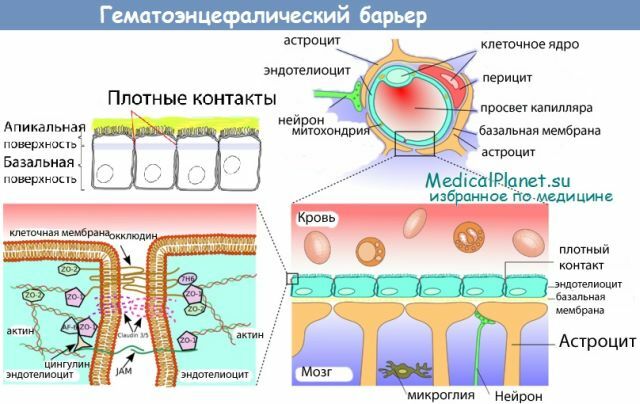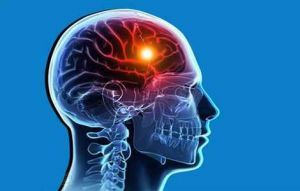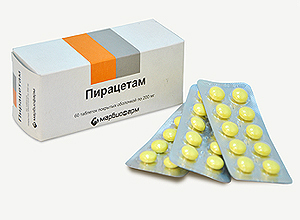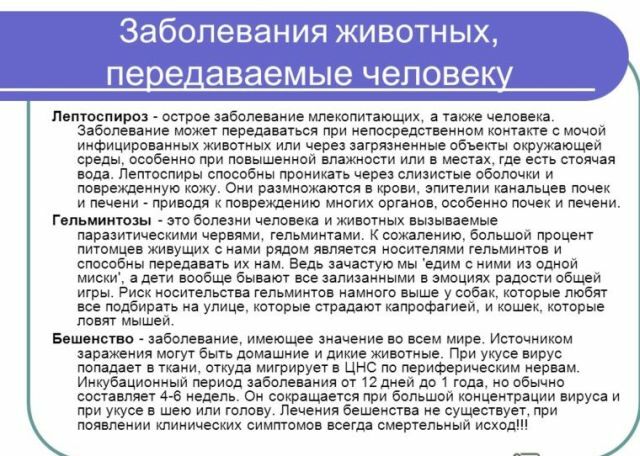 Despite the development of modern medicine, some patients quite late apply for medical help. That's why HIV infection passes into AIDS, and ordinary syphilis affects the nervous system.
Despite the development of modern medicine, some patients quite late apply for medical help. That's why HIV infection passes into AIDS, and ordinary syphilis affects the nervous system.
Compared with the middle of the last century, the number of patients with neurosyphilis decreased significantly, but nevertheless, patients with this ailment meet in the practice of modern doctors.
Yes, and the clinical picture of syphilis of the nervous system has somewhat changed. Increasingly, neurosyphilis manifests itself as a low-symptom, this is due to the development of atypical erased forms.
Contents of
- What is syphilis of the nervous system?
- Development mechanism
- Causes of occurrence
- Classification of the disease
- Diagnostic complexities
- Methods of treatment
- Possible complications
- Prevention of
violation What is syphilis of the nervous system?
Syphilis of the nervous system is an infectious disease that causes a bacterium called pale treponema. Its development is associated with the penetration of the causative agent into the central nervous system of man.
Parasitizing, microorganisms disrupt the work of various parts of the nervous system, which is why the neurological symptoms of the disease come to the fore.

Friedrich Nietzsche, Vladimir Lenin, Al Capone - they suffered from neurosyphilis
Mechanism of development of
There are 2 ways of penetration of the bacteria into the brain substance: hematogenous and lymphogenic. The lymphogenous pathway is the main, hematogenous pathway that penetrates the cerebrospinal substrate when the blood-brain barrier is weakened.
Pale treponema affects first the vessels and membranes of not only the brain but also the spinal cord. As a result, they begin an inflammatory process with the release of exudate. Cerebroids are formed in the tissues of the meninges.
Over time, the mesenchyme loses the property of killing pale treponema, and the causative agent of syphilis penetrates directly into the central nervous system parenchyma.
This occurs approximately 5 years after the onset of the disease, at a later stage. The bacterium is introduced into nerve cells, fibers, causing degenerative changes in them. The newly introduced form of the disease is characterized by multifocal CNS lesions.

Causes of
The most common disease occurs due to the absence of treatment for the underlying disease. Insufficient therapy of syphilis or complete absence of treatment leads to the fact that the bacterium begins to penetrate into the nervous system.
Presumably provoking factors of the disease can be: weakening of the blood-brain barrier, frequent stresses, trauma, weakening of immunity.
However, at present it is not known for certain why in some patients with the same initial data neurosyphilis develops, while others do not, and for what reason the symptoms of the disease and the clinical picture of the disease are different in patients.
Classification of the disease
There are several stages of the development of diseases: early and late. Early neurosyphilis develops within 3-4 years after infection. In this case, the symptoms of early syphilis vary depending on the form of the disease.
Forms of early syphilis:
- Latent ( asymptomatic) is characterized by the absence of specific symptoms, and the disease can be identified only during
 laboratory tests.
laboratory tests. - Syphilitic meningitis most often develops in young people. It is accompanied by neurologic symptoms: severe headaches, visual and hearing impairment due to nerve damage, as well as nausea, vomiting, and sometimes an increase in body temperature. Often this form of the disease is accompanied by increased intracranial pressure.
- Meningovascular syphilis is characterized by epileptic seizures, insomnia, headaches, blood supply to the brain is impaired. Perhaps worsening memory and attention, a violation of the sensitivity of the limbs. Sometimes it can cause an ischemic, hemorrhagic or spinal stroke.
Late neurosyphilis can manifest itself in the form of meningovascular syphilis, and also as:
- Optic nerve atrophy as an independent form of the disease. This pathology can lead to complete blindness or permanent impairment of vision.
- Humming syphilis , which causes paralysis of the lower extremities, an increase in ICP.
- Progressive paralysis of .This disease begins with a deterioration of memory and attention, mood swings. Then psychiatric pathologies are connected to the existing symptoms: hallucinations, delusions, and also neurological symptoms, including tremor of the tongue. This form of illness leads to a fatal outcome, which occurs just a few months after the appearance of the first signs of the disease.
- Spinal dryness of , which is characterized by short-term pain in the legs, a violation of the sensitivity of the limbs, ataxia, and also leads to a change in gait.
Difficulties in diagnosing
 If a syphilis is suspected, and if there are neurological symptoms of unclear etiology, the doctor may send the patient for further examination. As an auxiliary research methods, CT and MRI are used, they allow us to identify atrophy of the medulla, the presence of hum, hydrocephalus. It would be superfluous and consultation of the oculist with examination of the fundus.
If a syphilis is suspected, and if there are neurological symptoms of unclear etiology, the doctor may send the patient for further examination. As an auxiliary research methods, CT and MRI are used, they allow us to identify atrophy of the medulla, the presence of hum, hydrocephalus. It would be superfluous and consultation of the oculist with examination of the fundus.
Specific methods of investigation aimed at diagnosing neurosyphilis are blood and liquor tests, treponemal and non-treponemal tests with blood serum and cerebrospinal fluid. Specific treponemal tests are more accurate than non-treponemal tests, which can give false results.
With syphilis in cerebrospinal fluid, an increased protein content and some other pathological reactions are revealed.
Treatment methods
The aim of the treatment is the destruction of the bacterium that caused syphilis, normalization of the patient's condition, regression of negative neurological symptoms, reduction of the patient's epidemiological danger towards healthy people.
Therapy uses methods aimed at destroying the causative agent of the disease, as well as prescribed auxiliary medications, vitamins. The greatest difficulty is represented by therapy of advanced forms of the disease. Sometimes they require long-term treatment, several courses of medication.
Patients assigned:
- Antibiotics : Erythromycin, Ceftriaxone, Tetracycline, Chloramphenicol. Treatment is carried out under strict medical supervision, which includes periodic delivery of tests for the presence of a causative agent in the cerebrospinal fluid. If its quantity does not decrease
 , then higher doses of antibiotics are prescribed.
, then higher doses of antibiotics are prescribed. - As auxiliaries for neurosyphilis, the doctor prescribes vitamins B, vitamin A, E, C, as well as fortified iron preparations, sometimes glycine, .
- To combat neurologic symptoms, funds are being prescribed that improve metabolic processes in the brain, nootropics of , such as Piracetam, Nootropil.
- medications are prescribed that reduce ICP and improve cerebral circulation : Cavinton, Nicotinic acid.
- A doctor can prescribe medications that reduce the activity of platelets , for example, Aspirin or Curantil.
- For the treatment of neglected forms of neurosyphilis, Lidazu is used, and is used to prevent the bacterialysis reaction against the background of penicillin administration using corticosteroids.
With dorsal dryness, massage of limbs is shown, Frenkel's gymnastics, electrophoresis.
Possible complications of
The triggered forms of neurosyphilis poorly respond to therapy, even when taking large doses of antibiotics. If the disease is detected at an early stage of development - the forecast is favorable.
 Progressive paralysis can not be treated, and meningovascular syphilis can cause a stroke. Sometimes syphilis of the nervous system, even after a cure for it, leads to irreversible consequences.
Progressive paralysis can not be treated, and meningovascular syphilis can cause a stroke. Sometimes syphilis of the nervous system, even after a cure for it, leads to irreversible consequences.
They can become paresis of limbs, speech fuzziness, and atrophy of the optic nerve can lead to vision loss and even blindness. In spinal cord, the prognosis for life is favorable, but the treatment does not lead to a regression of symptoms.
Neurosyphilis, namely its complications and consequences, often causes disability.
Prevention of violation
The only method of preventing the disease is timely and high-quality treatment of early forms of syphilis. If neurologic symptoms of the disease occur, you should contact your doctor as soon as possible.
Neurosyphilis is a formidable and dangerous disease that, if not treated properly, can lead to serious consequences, and even cause death. That is why the patient must be treated with all responsibility to the treatment of the disease.


